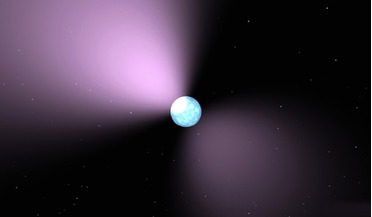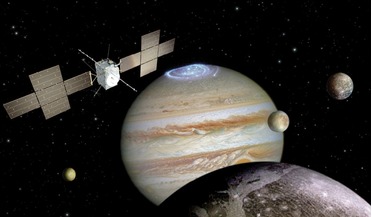 August 2017
Space invaders and the usual suspects - disruptive trends in Earth observation
August 2017
Space invaders and the usual suspects - disruptive trends in Earth observation
... first commercial operator. Its uniqueness is its capacity to offer both VHR optical (Pleiades-1A and Pleiades 1B) and X-band radar imagery (TerraSAR-X and TanDEM-X). There is no major anchor tenancy contract but the twin Pleiades satellites...
 September 2017
Telescope targets enigmatic deep space mystery
September 2017
Telescope targets enigmatic deep space mystery
... class of radio source. Dispersion sweep of the ‘Lorimer Burst’. The total delay across the entire frequency band is about half a second. The higher frequencies arrive earlier in time compared to the lower frequencies resulting in the...
 October 2017
The sci-fi noir world of Blade Runner
October 2017
The sci-fi noir world of Blade Runner
... intelligence (e.g. counting the number of cars of a parking lot). There is a real hunger for data, in all sorts of spectral bands, work scale, revisit cycle, etc. Spatial resolution down to half a metre is now mainstream, the limit being...
 October 2017
Exploring Jupiter’s icy moons
October 2017
Exploring Jupiter’s icy moons
... is powered by batteries and 97 m2 of solar arrays, providing 840 W at Jupiter at the end of mission. The spacecraft communicates in X and Ka bands through its high-gain and medium gain antennas, also used for radio-science investigations. The...
 September 2017
Australia’s ambitious home-grown space industry
September 2017
Australia’s ambitious home-grown space industry
... low-cost satellites to offer ubiquitous coverage to devices around the world via a secure low-cost, low band-width connectivity platform designed for machine-to-machine (M2M) data exchange. The company’s core expertise lies...
 February 2018
Growth drivers, requirements and threats in the smallsat industry
February 2018
Growth drivers, requirements and threats in the smallsat industry
... study also predicts that commercial satellites will most likely aim for the 400 km to 650 km altitude band as this provides the best trade-off between satellite lifetime and initial deployment costs. The preference...